We know that when it comes to food and cooking the debate is always very lively: where do you eat best and why? Well, we have the answer: today we want to reveal to you why Italian food is the best in the world!
At the table, considered as a sacred place in Italy, Italians demand the quality of the dishes, protect the identity of the food, build and pass on traditions of their cuisine and celebrate the importance of eating well in company.
How? Let's discover the 10 reasons making Italian cuisine the most loved in the world!

Why Italian food is the best and most loved in the world?
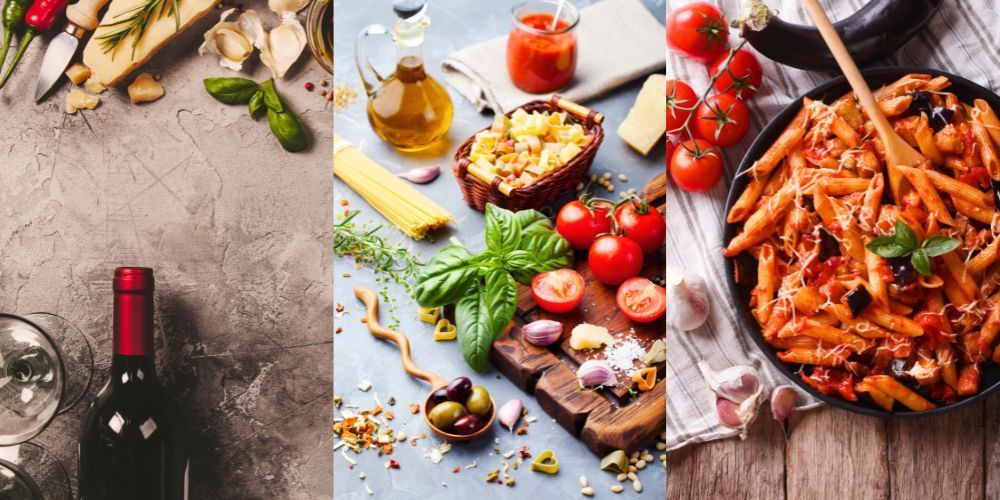
Italian food is universally acknowledged as the best in the world for its masterful combination of the highest quality of ingredients, simplicity of preparation (which does not mean a lack of taste at all), passion and even a certain sense of aesthetics.
Italian cuisine is also a true ode to freshness and uses exceptional basic ingredients such as succulent tomatoes, high-quality olive oil, handmade cheeses and aromatic herbs that give dishes an authentic flavor.
The rich Italian culinary tradition, rooted in centuries of history, is reflected in the vast regional variety capable of satisfying different palates. The presentation of dishes is an art, and the attention to detail by Italian chefs (but also foreigners in love with Italian cuisine) creates truly extraordinary gastronomic experiences.
But perhaps, the greatest ingredient that makes Italian food truly special is its ability to connect people through sharing meals, transforming every moment at the table into a unique experience of conviviality.
Traveling to Rome? Book your cooking class with a chef10. Unique recipes to fall in love with Italian cuisine
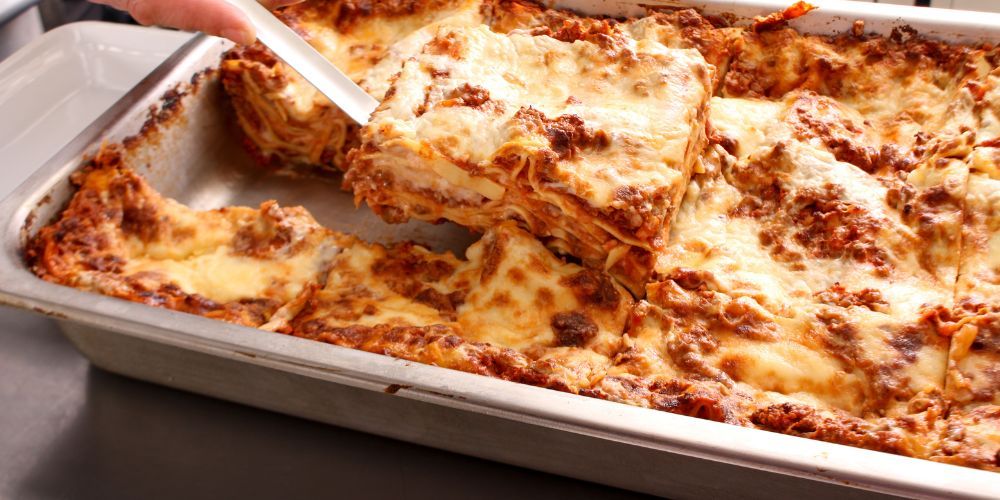
All Italians get horrified when they see the most famous national recipes sadly reduced to finished products (and made with entirely wrong ingredients!) at the supermarket. Do not tease them: traditional recipes are pieces of their heart.
Classic examples: do not tell an Italian that you make Carbonara with cream or add mushrooms to Neapolitan ragout. The greatness of Italian food and art of cooking lies in people attachment to traditional products and preparations. For an Italian, cooking means love; it is poetry. That's what makes Italian recipes the most appreciated and (seldom well) copied in the world.
Learn how to cook the best Italian pasta dishes9. The Mediterranean Diet, the foundation of Italian cuisine
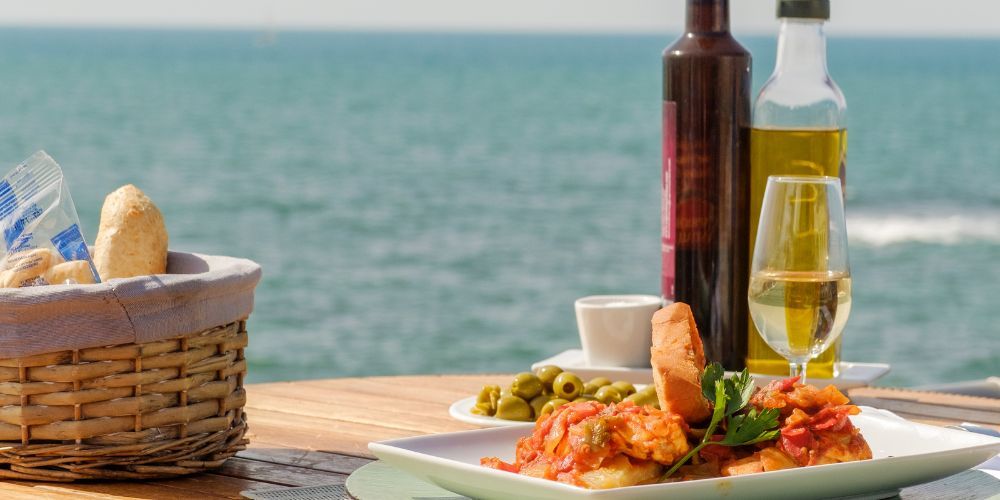
Since ancient times, food has been a way of life for Mediterranean populations, where physical well-being and conviviality were the foundations. Thus, over the centuries, the peoples of this part of the world shared values, practices, traditions and culinary knowledge each other, until today when they have fulfilled their mission to create a philosophy of life that starts at the table.
Thus the Mediterranean Diet was originated, the most popular dietary style globally is a Unesco Intangible Cultural Heritage since 2010. Based on respect for the land and biodiversity, the idea of the Mediterranean Diet also includes cultural aspects such as hospitality and intercultural dialogue.
Thanks to the immense range of products and the deep connection people have with food, Italy is one of the pillars of the Mediterranean Diet. For this reason, Italian cuisine is among the best and most loved in the world.
8. Made in Italy between flavour, quality and uniqueness: food farming products PDO, PGI and TSG
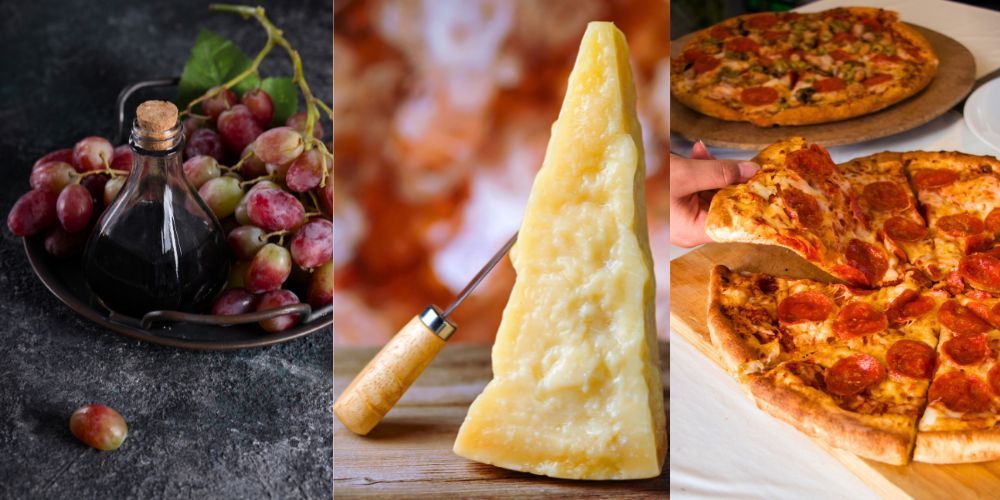
Made in Italy products represents the excellence of Italian food and wine production, one of the most exported globally and guaranteed thanks to brands precisely placed to indicate the goods in this range.
With almost 300 DOP (PDO), IGP (PGI) and STG (TSG) products and over 500 DOCG (CGDO), DOC (CDO) and IGT (TGI) wines, in Europe Italy is the country with the most food and wine products with Protected Origin and Protected Indication status. Before checking out some top products, let us clarify the meaning of these acronyms.
The Italian acronym DOP (English PDO) indicates products with a Protected Designation of Origin. This mark serves to guarantee and protect the quality of the product concerning the territorial exclusivity of its production.
The Italian term IGP (English PGI) refers to products with a Protected Geographical Indication. These products possess a certain quality that depends exclusively on their geographical origin, which means that at least one production step must occur within a defined geographical area.
STG (English TSG) stands for Traditional Speciality Guaranteed products. This label protects goods obtained by specific and traditional production methods (i.e. different from other similar products, existing for at least 20 years, etc.). Unlike PDO and PGI marks, TSG products only concern the production quality of the food, while the geographical area is not a necessary element for obtaining the label.
Among the nationally and worldwide most famous and best-loved Made in Italy agri-food products we mention: the balsamic vinegar of Modena IGP, the blood orange of Sicily IGP, cantucci toscani IGP, mozzarella di bufala Campana DOP, the red onion of Tropea IGP (, the Grana Padano DOP, the Mortadella Bologna IGP, the lemon of Sorrento IGP, the Pizza Napoletana STG, Parmigiano Reggiano DOP, pistachio di Bronte DOP, Prosciutto di Parma DOP, Amatriciana STG, gorgonzola cheese DOP, Speck Alto Adige IGP.
Visit Bologna and taste the best-loved Italian food7. Wine products CDO, CGDO and TGI
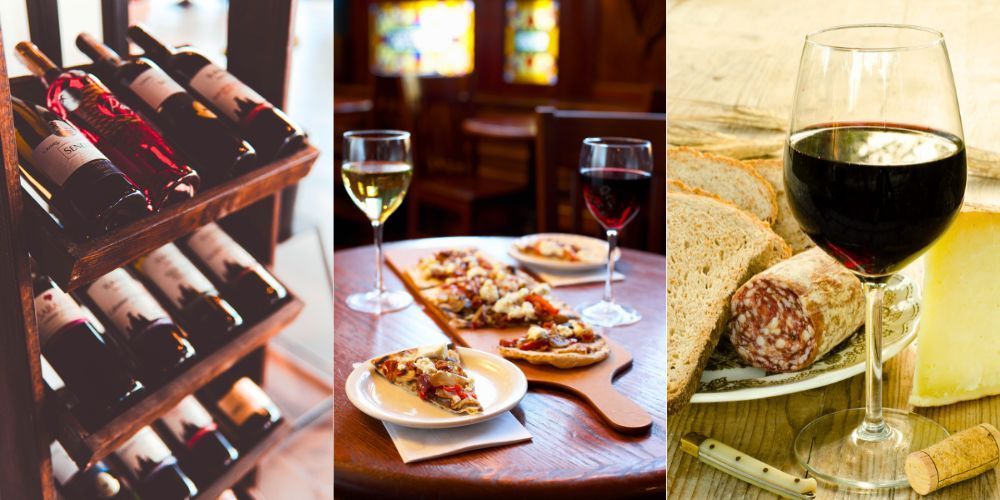
The acronym DOC stands for Denominazione di Origine Controllata (CDO - Controlled Designation of Origin). This label indicates the area of the grapes harvested and used to make a specific wine characterised by precise organoleptic qualities and alcohol content.
DOCG means Denominazione di Origine Controllata e Garantita (CGDO - Controlled and Guaranteed Designation of Origin). This label relates to the identification of the geographical origin only of certain wines of particular value that have been classified as DOC for at least five years.
IGT refers to Indicazione Geografica Tipica (TGI - Typical Geographical Indication). This label indicates the best table wines obtained only from wine production areas of significant size and broader than DOC and DOCG wines. The names of regions or locations used for DOCG or DOC are excluded from the IGT designation.
DOC and DOCG designations fall under the European PDO category, while IGT falls under PGI. Here are some of the wines categories with these quality labels: Montepulciano d'Abruzzo DOC, Barbera del Monferrato Superiore DOCG, Chianti DOCG, Lambrusco Mantovano DOC, Paestum IGT, Vigneti delle Dolomiti/Weinberg Dolomiten IGT. If you love amazing Italian wines, plan an itinerary to discover them all!
Book now your guided tour with wine tasting in a cellar6. The Uniqueness of Regional Cuisines: an unforgettable culinary heritage
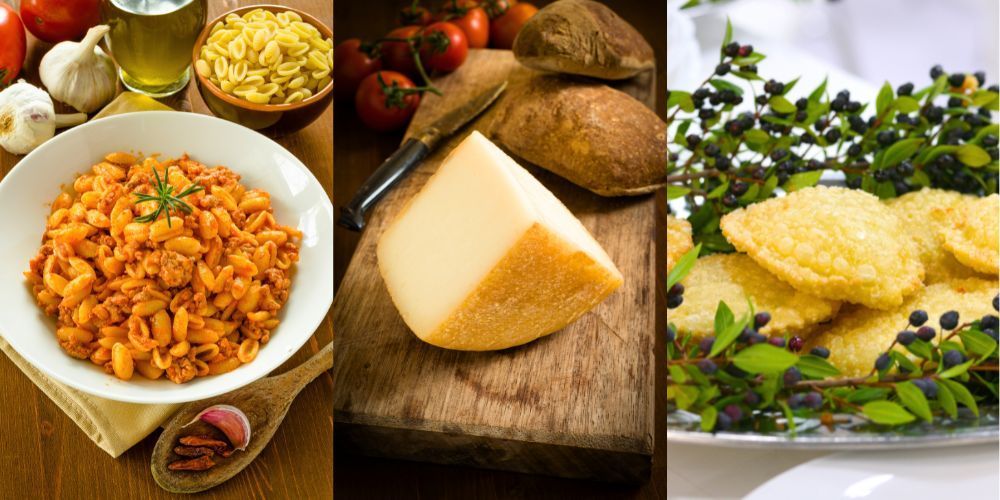
Each Italian region has developed a distinct and individual cuisine that has taken on different nuances related to climate, terrain and history. There are endless varieties of dishes that help classify Italian food as the best and most loved in the world. Simple products have thus inspired the creation of genuine culinary proposals that are often linked to popular rituals and festivals. One example above all ? Traditional Sardinian cuisine.
Sardinia's traditional food represents an emblematic case in the expression of Made in Italy values in food, standing out in the panorama of Italian cuisine for its authentic uniqueness, rooted in the island's fascinating and ancient history. Isolated geographically and culturally, the island has preserved very ancient gastronomic traditions over time. Sardinian cuisine is characterised by strong and decisive flavours, influenced by the cultures that have succeeded one another over the centuries.
Not only bread carasau, malloreddus (Sardinian gnocchi) or seadas (fried cheese and honey dessert), but also fine wines and typical products that have become the symbol of Sardinia. You can enjoy Sardinian flavours and get to know this wonderful region through the events included in the Salude & Trigu programme.

Hand the floor over to: Danilo Carboni, Associazione Abbì, 'La Ciogghitta d'Oro'
"The food and wine culture of a place is also a proof to its past and history. Are there preparations and production methods that are disappearing from North Sardinia? What can be done to preserve them?"
A: "Among the reasons that make Italian food famous in the world we have diversity, given by the quantity of specialties prepared in the 20 regions into which the territory is divided; the quality of the ingredients used, which have now become world-renowned excellences such as oil, pasta, bread, cheeses, cured meats, vegetables, wine; and the simplicity in preparation, which allows to enhance the flavors and scents of the ingredients expertly combined each other with recipes and methods that have deep roots in the culture and history of the country. As in many geographical areas of the peninsula, also in North Sardinia, due to the abandonment of some crafts, traditional crops such as local wheat, fundamental for the production of some foods, have been lost, just as some artisanal preparations are disappearing, giving way to pre-packaged foods of uncertain origin which represent the daily diet of the new generations. To preserve these culinary traditions and safeguard the health of future generations it is important to raise people's awareness of the importance of these productions and encourage local agriculture and associations of the territory, organizing cultural events, such as food festivals, exhibitions and conferences as does the cultural association ABBÌ of Sassari, which for years in collaboration with the Chamber of Commerce has proposed a format that combines culinary tradition with competition and entertainment, with the 'Ciogghitta D'oro' event, a snail sucking competition that takes place in the city squares, showing that traditions can be kept alive conveying the basic concepts through play and fun, thus eliminating the age gaps of users."
5. Italian National culinary traditions enhancing every food
Favoured by a geographical position of excellence that gives it the privilege of a natural lushness of products, Italy has developed and protected this wealth. Culinary traditions have been handed down from generation to generation and have become real national symbols.
Our peninsula is really a mosaic of regions, each with its own independent history and culture, and expresses its identity also through its food and wine culture. Regional variety is a fascinating feature, because it suggests different uses of raw materials with endless recipes that enhance and make Italian cuisine the best in the world!
Each dish is a tale that speaks of the history and people of a particular territory: this diversity not only enriches the Italian culinary offer, but also makes it an invaluable cultural heritage. Are you ready for an extra sensory journey into the tastes and flavours of gastronomic excellence?
4. Extra virgin olive oil, the Italians condiment
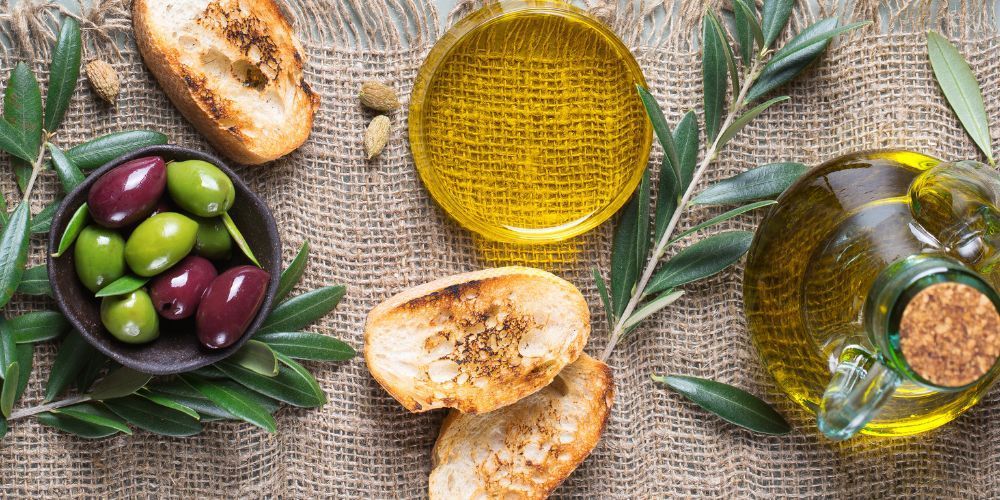
A condiment par excellence on Italian tables and one of the primary products of the Mediterranean Diet food pyramid, extra virgin olive oil is truly Italy's green gold. Many Italian regions practice olive cultivation, particularly in central and southern ones. From these plants, a unique product is born, extracted only from the pressing of local olives. An ancient process perfected over time has given rise to one of the top products of Made in Italy.
Its production is linked to centuries-old traditions and is an art that requires passion and skill. Each drop encapsulates the flavour of the sun, the fragrance of freshly picked olives and the intense aroma of aromatic herbs. It is also widely used in the preparation of desserts and to season meat and fish. Its versatility and beneficial properties make it a unique and irreplaceable ingredient in Italian cuisine: it contributes greatly to making Italian food the most loved in the world!
Partake in a tasting of Italian olive oil varieties3. Italy, the land of bread and fresh pasta
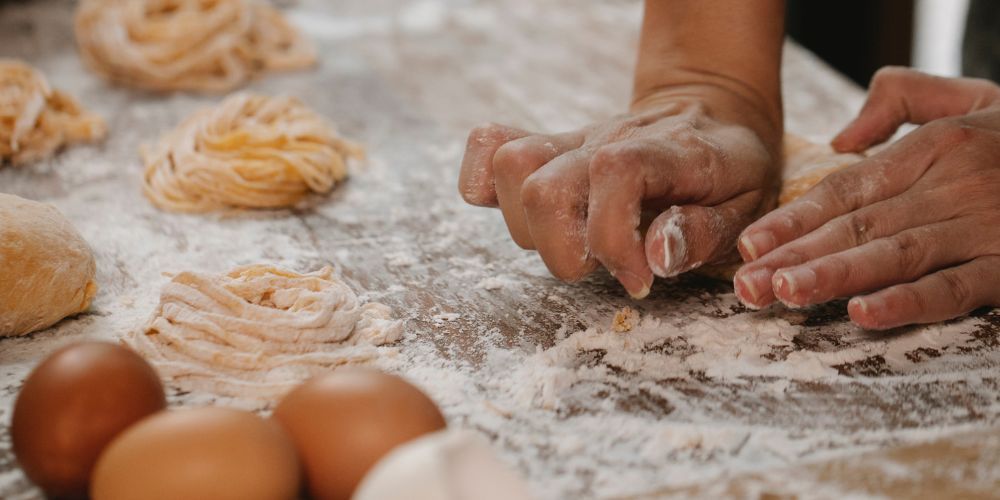
Ask an Italian what is a must-have item on their table, and they will undoubtedly answer pasta and bread! Even today, many families keep alive the tradition of eating homemade bread and pasta (even if not daily).
Water, flour, salt and yeast for the bread: the smell it gives off during baking (especially in ancient wood-fired ovens) is inexplicable. From North to South, in Italy so many different types of bread are produced, distinguished by their shape and the type of flour used in their preparation.
On the other hand, homemade pasta is prepared with wheat flour and water (classic homemade pasta), or fresh eggs and flour - generally 00, but this can vary according to taste and needs - for homemade egg pasta. It may sound simple, but the process requires a lot of care. You must pay attention when dosing the ingredients and rolling out the dough.
Whatever shape you choose, short, long, thick, thin, for lasagne, stuffing, broths, and full-bodied sauces, homemade pasta makes the Italian table!
Learn to make fresh pasta like an Italian2. Tomato, the king of Italian food

Tomato grows in different varieties throughout Italy. It is the basis of many typical Italian dishes that have made Italy famous worldwide. Just think of pasta with tomato sauce and the highly acclaimed pizza. Therefore, Italians feel a visceral attachment to this vegetable and the tradition of homemade tomato sauce.
Every year, during the summer months tomatoes bloom in Italy and are harvested. Some are used for direct consumption, while others make the famous tomato sauce in the winter months.
However, it is not simply a matter of stocking up. Making homemade tomato sauce reunites the whole family. The older family members show the children and the younger ones all the steps involved, from washing and cooking to bottling. And so, a wonderful tradition gets passed on.
1. Italianity, the love for food and the style of Italian cuisine
One of the strenghts of Italian food refers to the location where meals are made and consumed. For Italians, the table becomes a moment of glee and sharing.
Between one bite and another, food becomes an instrument of communication, much more than mere nourishment for the body: food values are passed on, and people learn the pleasure of taste and their culture is transmitted through the meal. For an Italian, being at the table also means family, joy and love. This is Italianity at the table: seeing food as one more good reason to be happy with a great enthusiasm!
Italian way of fooding: when food feeds body and mind
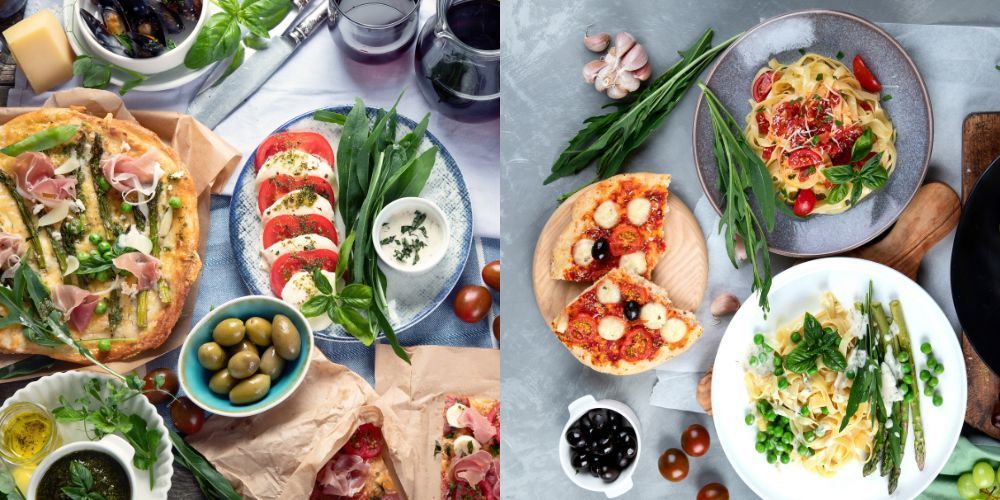
The Italian way of fooding should not be understood as a rigid diet to follow. Our lands and seas provide all the essential products of the food pyramid of the Mediterranean Diet: fruit and vegetables, grain and cereals, fish and meat, extra virgin olive oil and legumes.
However, food is intended as a healthy contribution to body and mind. Let's not forget that Italians are gluttonous; so, an exception to the rule is always allowed!
Eating Italian food and cooking according to Italian recipes means celebrating life, family and traditions, uniting people around a lovingly laid table. Today, the Italian way of eating is constantly renewing itself, embracing new challenges and increasingly valuing local products and sustainable practices... this is the way to preserve a heritage of great value and to pass it on to future generations!
About the author
Written on 23/11/2023


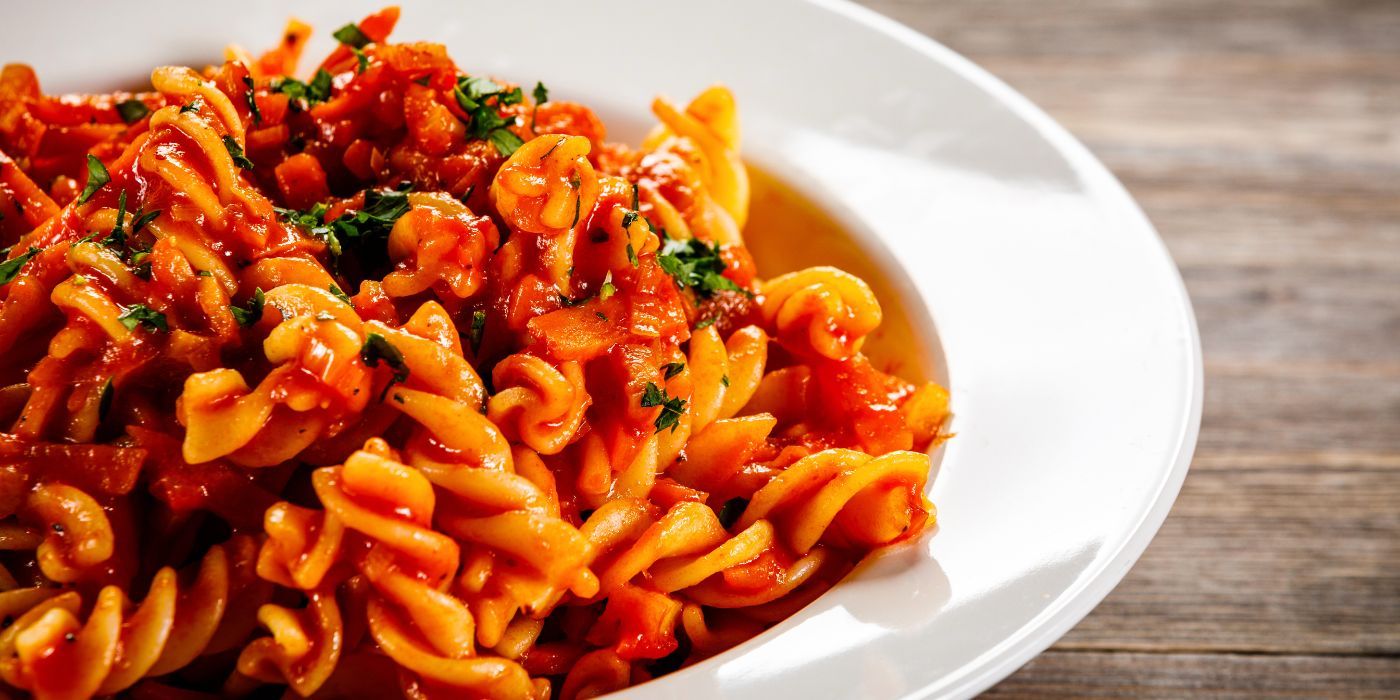
Sabrina Fabozzi
Tradition, quality, passion, they are the winning ingredients of Italian cuisine. Find out with us the 10 reasons why Italian food is the best!